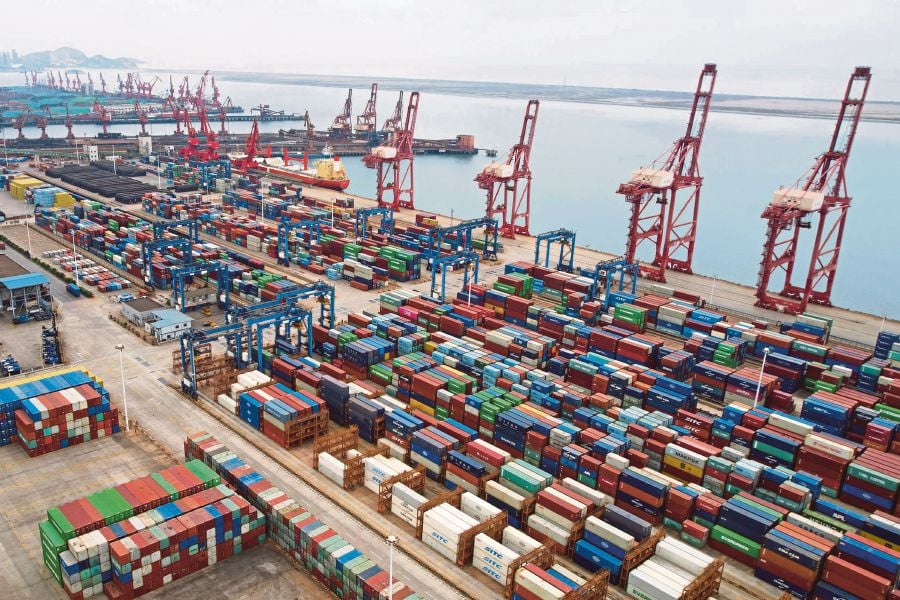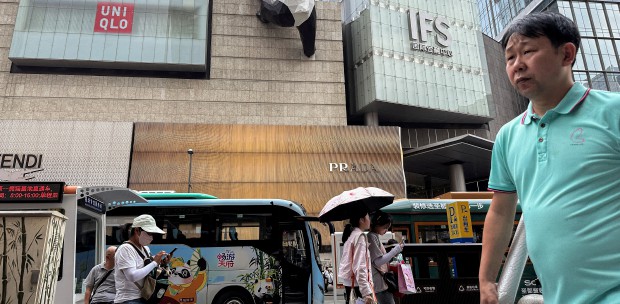BEIJING: China's exports grew more quickly and for a second month in May, suggesting factory owners are managing to find buyers overseas and providing some relief to the economy as it battles to mount a durable recovery.
The jury is still out, however, on whether the export sales are sustainable while a protracted property crisis has led to persistent weakness in domestic demand - a factor highlighted again in last month's imports figures.
Outbound shipments from the world's second-largest economy grew 7.6 per cent year-on-year in value in May, customs data showed on Friday.
But imports increased at a slower 1.8 per cent pace, from a 8.4 per cent jump in the previous month, highlighting the fragility of domestic consumption.
The export figure beat a forecast 6.0 per cent increase in a Reuters poll of economists and a 1.5 per cent rise seen in April, but was likely also aided by a lower base of comparison, after rising interest rates and inflation in the U.S. and Europe squeezed external demand in the previous year.
Friday's shipments data possibly also suggests a global cyclical upturn in the electronics sector is helping China's sales of components and finished manufactured goods.
Over recent months, a flurry of data has shown different parts of the US$18.6 trillion economy recovering at varying speeds, heightening uncertainty about the outlook.
While first quarter growth blew past forecasts and strong March export and output data suggested improving global demand might aid officials' efforts to get the economy back on a more even keel, more recent indicators reflecting soft domestic consumption have eroded much of that earlier optimism.
A protracted property sector crisis remains the biggest drag on China's economy, with low investor and consumer confidence hurting domestic consumption and undermining business activity.
Adding to the worries for policymakers, both the new orders and new exports orders sub-indices of a factory owners survey run by the National Bureau of Statistics for May tipped back into contraction after two months of growth.
However, Friday's trade data should give authorities some breathing space as they continue their efforts to foster a broad-based economic recovery.
The International Monetary Fund last month upgraded its China growth forecast for 2024 in line with Beijing's growth target of "around" 5 per cent, but warned of risks to the economy from the property troubles.
China's trade surplus grew to US$82.62 billion last month, compared with a forecast of US$73 billion and US$72.35 in April.





